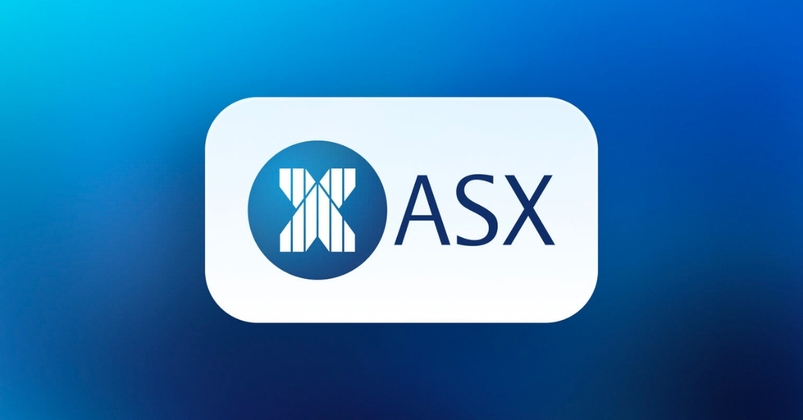- عربي
- English
تحليل السوق
لا تفوت فرصة مع تغطية أحداث اقتصادية ذات تأثير عالٍ، والتعليق الخبير، ومقاطع الفيديو والمزيد من خبراء الأسواق العالمية لدينا.

Economic Calendar
| Date | Event | Impact | Actual | Previous | Forecast |
|---|---|---|---|---|---|
No Data | |||||
مستعد للتداول؟
يمكنك البدء بسرعة وسهولة. إفتح حساب الآن في دقائق معدودة.
المادة المقدمة هنا لم يتم إعدادها وفقًا للمتطلبات القانونية المصممة لتعزيز استقلالية أبحاث الاستثمار، وبالتالي تعتبر اتصالاً تسويقيًا. على الرغم من أنها ليست خاضعة لأي حظر على التعامل قبل نشر أبحاث الاستثمار، إلا أننا لن نسعى للاستفادة قبل تقديمها لعملائنا. لا تمثل Pepperstone أن المواد المقدمة هنا دقيقة أو حالية أو كاملة، وبالتالي لا ينبغي الاعتماد عليها على هذا النحو. المعلومات، سواء كانت من طرف ثالث أو لا، لا تعتبر توصية؛ أو عرض للشراء أو البيع؛ أو solicitation لعقد شراء أو بيع أي ورقة مالية أو منتج مالي أو أداة؛ أو المشاركة في أي استراتيجية تداول معينة. لا تأخذ في الاعتبار الوضع المالي للقراء أو أهداف الاستثمار. ننصح أي قارئ لهذه المحتوى بالبحث عن نصيحة خاصة بهم. دون موافقة Pepperstone، لا يُسمح بإعادة إنتاج أو توزيع هذه المعلومات.










